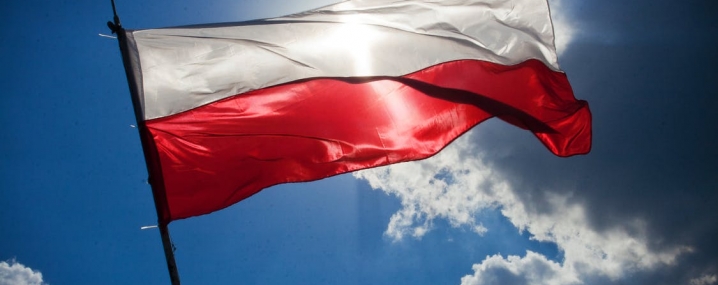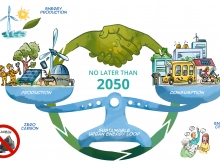Bialystok Functional Area
The Bialystok Functional Area was created in form of association in order to implement the new EU instrument, which is Integrated Territorial Investments (ITI). The main document defining general development objectives of BFA is Integrated Territorial Investment Strategy of Białystok Functional Area for the years 2014-2020 (ITI Strategy for BFA), which includes seven basic fields of development: investment attractiveness, competence to work, accessibility to culture, active social inclusion, low-carbon economy and environment, communicational accessibility and integration of BFA strategic development management. The challenge of the ITI Strategy for BFA is to create the necessary conditions for the conducting of integrated and complementary activities in the area of the BFA, linking both "hard" and "soft" interventions, financed in particular from the European Regional Development Fund (ERDF) and the European Social Fund (ESF).
BFA general strategy is to become an attractive place to live and work. Therefore BFA is involved in many national and international projects and activities that are based on partnership and territorial cooperation.
Economy
The economic strengths of the BFA include a favourable location within the European transport corridor between Western and Eastern Europe, promoting the development of economic cooperation with Eastern markets. The area has the seeds of development sectors that could become intelligent economic specialties of the BFA. These key sectors include: Agri-food; Metal and Machinery; Medical Products; Eco-innovations and Environmental Sciences; IT. It can be seen that these are modern technology and higher skilled/higher value activities.
Population
BFA’s has positive birth rate and positive migration balance. Population is 419.428 people and is rising due to an expanding economy and a consequential growth in employment opportunities. This is reflected in the demographic profile with strong representation in the 25-34 and 35-44 age bands. These age bands are more likely to include first time parents (whose lifestyles are influenced by their children’s health).
Culture
BFA is multicultural, multinational and multireligious area where the Poles, Belarusians, Lithuanians, Jews, Tartars, Germans and Russians co-existed. This has shaped the area’s built environment and contributed to the richness of its cultural life. Bialystok city is the seat of many cultural institutions, culture promotion associations and artist unions. The Bialystok city counts many ‘buildings of cultural value, the most outstanding one is the Branicki palace and garden complex, dubbed “the Polish Versailles”.
Higher Education
Białystok is a major regional academic and scientific centre in east Poland, with a number of university-level schools and a student population of around 50,000. The oldest institutions of higher education include the Białystok Medical University, the Białystok Technical University and the University of Białystok. Białystok’s oldest University is the Archdiocese Seminary, established after World War II and continuing the academic tradition of the Theology Department of the Stefan Batory University in Vilnius ever since. Higher arts education offered in Białystok is provided here by local branches of Warsaw universities, as well as the Aleksander Zelwerowicz Theatre and the Frederic Chopin Academy of Music.
SOME RELATED NETWORKS
Urb-En Pact
Article
23 Action Planning Networks ready for Phase 2!
Article




